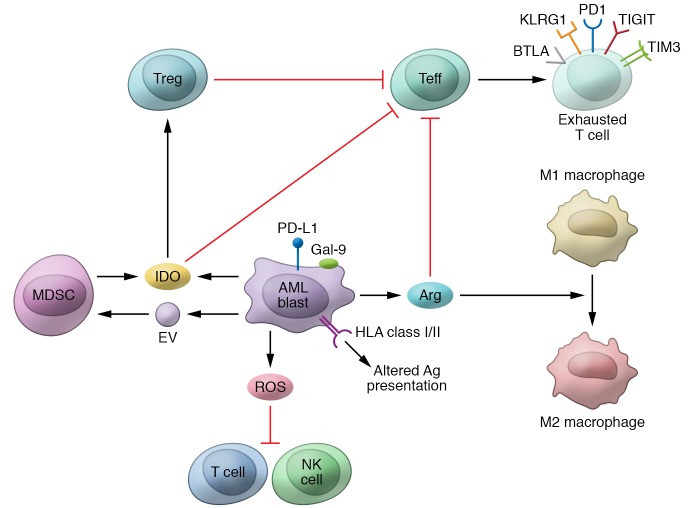Figure 1. The pathologic immune microenvironment of acute myeloid leukemia.
The illustration summarizes known leukemia-intrinsic and -extrinsic immune evasion mechanisms. As described in the main text, AML blasts can reduce their expression of antigen presentation molecules, overexpress inhibitory T cell ligands (including PD-L1, Gal-9, and others), and release in the bone marrow niche reactive oxygen species (ROS), indoleamine 2,3-dioxygenase (IDO), arginase (Arg), and extracellular vesicles (EVs). This, in turn, can inhibit the cytotoxic function of T and NK cells, drive effector T cell (Teff) exhaustion and apoptosis, induce regulatory T cells (Tregs) and myeloid-derived suppressor cells (MDSCs), and promote the switch of macrophages from M1 to suppressive M2 phenotype.

